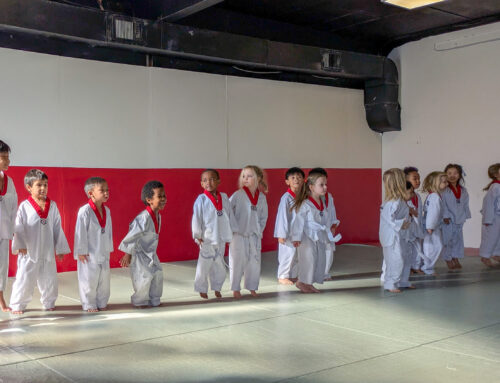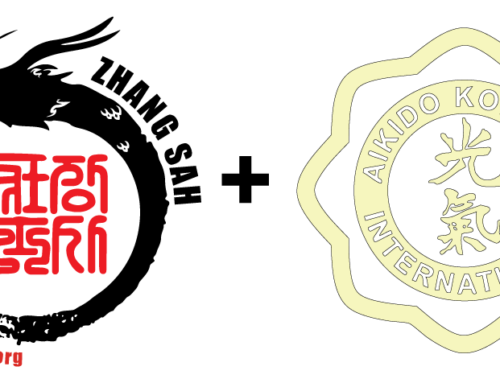
There are relationships between all martial arts. No martial art is of higher value than another. Some forms are complementary to one another and others can be supplementary. This relationship exists because they all use your body to move in different ways with different goals. Your body is the common denominator between all the art forms. Some forms successfully preserve their utility and only reveal it to practitioners who have invested a sufficient length of time into learning them. While other forms offer their practicality rather quickly to those with the right aptitude.
For example, the martial art of Karate emphasizes kata as more than 90% of what should be practiced, however, kata could seem quite archaic to the novice. This is a prime example of a martial art hiding its utility. Another example is Tai-Chi Chuan. It can take years to learn the techniques and the forms. It’s only after acquiring both that practitioners can begin to explore their applications for defense.
Last week we had a visitor teach our Wednesday morning class. Grand Master Godwin taught a special class in Sin Moo Hapkido. Hapkido is a self defense system developed in Korea and derived from several martial arts. Several police departments, especially in Korea, and Temple University in Philadelphia, use Hapkido as their martial art of choice due to its efficient synthesis of arresting and subduing techniques. Many times during the class you could hear him reference movements by stating it was just like a Tai Chi, Aikido, Judo, or etc move or technique.
This Hapkido example is just one of several that can be made. The relationship between Karate techniques and Judo’s Katame Waza or BJJ is not easily discerned but most of the techniques are generally the same with the exception of the plane of orientation. For example, what a Karate practitioner learns as a “Judan Uke”, or overhead rising block, (vertical plane) can be instead performed sideways (horizontal plane) as an “Ude Garami”, or Americana Armlock. Again, the movements are the same, known as different names in different martial systems, but delivered in a different planer context.
I can go on and on about the relationships between and among martial arts. When I hear that a BJJ practitioner says they don’t like Karate because it isn’t effective, or a Karateka says they don’t want to wrestle on the ground like a BJJ practitioner, I know they are just expressing their shallow knowledge level of these arts or speaking to what brings them comfort. Either way, both positions limit their training potential. The bottom line is practices can be somewhat the same. This is one reason why I like all styles of martial arts and another reason martial artists should also study multiple arts.



